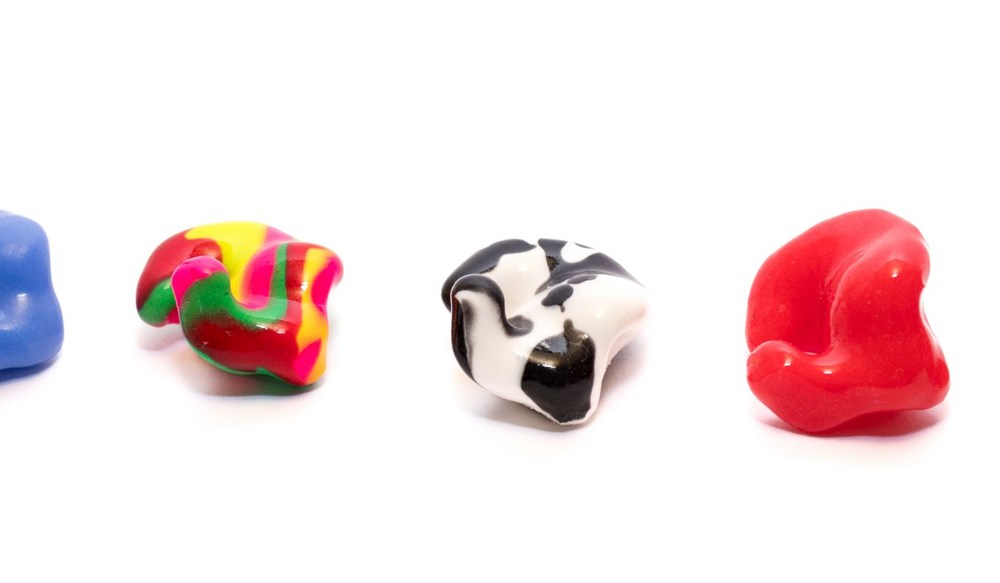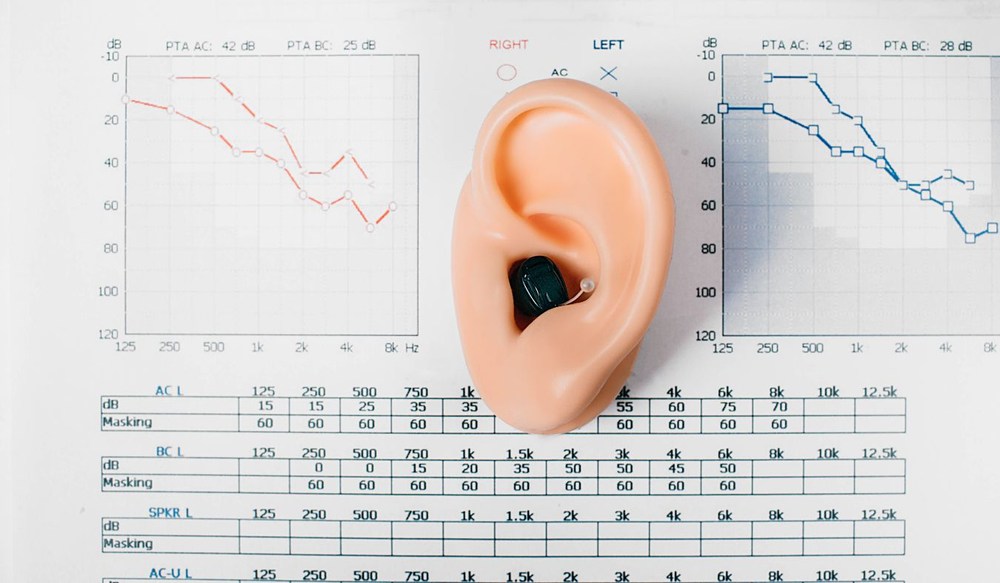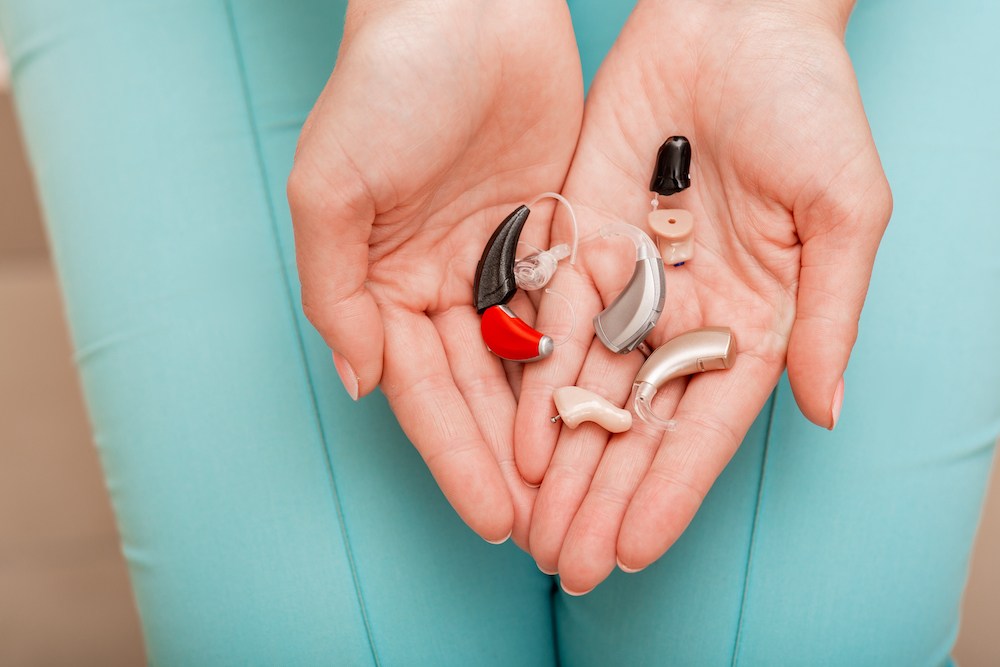Hearing Aid Innovations: What’s New in 2025?
Hearing aid technology continues to improve in ways that directly address

By: admin | September 25, 2024
Summer is the perfect time for outdoor concerts and festivals, where the music, sunshine and atmosphere create unforgettable experiences. Whether you’re enjoying a live set from your favorite band or exploring new genres at a music festival, it’s easy to get caught up in the excitement. But amid all the fun, it’s important to think about protecting your hearing. The high energy and loud volumes at these events can put your ears at risk, especially when sound levels exceed safe limits. Before you hit the festival circuit this summer, take a moment to plan how you can enjoy the music without compromising your auditory health.
The auditory system is a complex network that allows us to hear and process sounds, and it’s generally divided into three main parts: the outer ear, the middle ear and the inner ear. Each of these sections plays a vital role in turning sound waves into signals that the brain can interpret, making hearing possible.
The outer ear begins with the pinna, the visible part of the ear that gathers sound waves from the environment. These waves travel through the ear canal until they reach the eardrum. The eardrum, or tympanic membrane, acts as a barrier between the outer and middle ear and its vibrations are crucial for passing sound further into the system.
In the middle ear, the vibrations of the eardrum are transmitted to three tiny bones, known as the ossicles. These bones – the malleus, incus and stapes – amplify the sound and pass it on to the inner ear. Any disruptions or blockages in this area, such as fluid buildup or infection, can prevent sound from being properly transmitted, leading to hearing loss or muffled hearing.
The inner ear is home to the cochlea, a spiral-shaped organ that houses thousands of tiny hair cells. These hair cells convert sound vibrations into electrical signals that travel along the auditory nerve to the brain. Once these signals reach the brain, they are processed as recognizable sounds. Damage to the cochlea or auditory nerve can result in sensorineural hearing loss, which is typically permanent. Together, these parts of the auditory system work seamlessly to give us the ability to hear and interpret the sounds around us.
Noise-induced hearing loss (NIHL) occurs when the delicate structures of the inner ear are damaged by exposure to loud sounds. This type of hearing loss can be caused by a single instance of an extremely loud noise, like an explosion, or by prolonged exposure to high noise levels, like listening to loud music or working in a noisy environment without protection.
The damage primarily happens in the cochlea, a spiral-shaped structure in the inner ear lined with tiny hair cells. These hair cells are responsible for converting sound vibrations into electrical signals that the brain processes as sound. When exposed to loud noise, these hair cells can become overstimulated, leading to damage or death. Unlike many other cells in the body, these hair cells do not regenerate, meaning the hearing loss is often permanent.
Noise levels over 85 decibels can start to cause harm, and the louder the sound, the quicker the damage occurs. For example, exposure to loud machinery, concerts or fireworks can accelerate the process. Over time, NIHL can lead to difficulty understanding speech, especially in noisy environments and a reduced ability to hear high-frequency sounds. Protecting your ears with earplugs or limiting exposure to loud environments can help prevent this type of hearing damage.
When you’re caught up in the energy of a live concert, it’s easy to overlook potential hearing risks. But here’s a surprising fact: sound levels at concerts can reach up to 120 decibels, which is well beyond the safe listening limit of 85 decibels set by hearing health professionals. That’s as loud as an ambulance siren!
Protecting your ears at concerts doesn’t mean missing out on the fun. It’s about being aware and taking simple steps to reduce risk. For instance, standing just ten feet away from a speaker can expose you to sound levels similar to a jet engine taking off. So next time, consider moving back a bit or choosing a spot further from the speakers.
It’s important to note that hearing loss due to loud music isn’t immediate; it gradually develops over time. That constant ringing in your ears after a concert? It’s called temporary threshold shift and it’s your body’s way of signaling that the noise was too loud. So, don’t dismiss these signs; take them as reminders to protect your ears next time!
Ever wondered how sound and hearing damage are connected? This relationship is both fascinating and crucial for preserving your hearing health.
Sound, in its most basic form, is a type of energy that travels in waves. When these waves reach our ears, they cause the eardrum to vibrate. These vibrations are then transformed into signals that our brain interprets as sound. However, when the sound waves are too powerful, or too loud, they can damage the sensitive structures within our ears leading to hearing loss.
Understanding that not all sounds are harmful is key. It’s the intensity and duration of exposure to loud noises that can potentially lead to hearing damage. For instance, regular exposure to noise levels above 85 decibels – about as loud as heavy city traffic – can cause permanent hearing loss over time. So next time you’re at a concert or festival, keep this connection between sound and hearing damage in mind and take steps to protect your ears!
In our journey to understand and protect our hearing, it’s important to consider the role of decibels. Decibels, or dB, are the units used to measure the intensity of a sound. The higher the decibel level, the louder the noise and potentially more damaging it can be to your hearing.
The decibel scale is not linear but logarithmic. This means that a small increase in decibels can represent a significant increase in sound intensity. For example:
As we shift our focus to summer gatherings, it’s important to understand how to detect unsafe noise levels. The laughter, music and chatter at these events can often exceed safe noise limits without us even realizing it. This is why it’s vital for you to be aware of when the fun could potentially harm your hearing.
Being aware of unsafe noise levels can help protect your hearing in the long run. You’ll be able to enjoy social events without worrying about potential damage to your ears. Additionally, this knowledge might encourage others around you to also take steps towards protecting their hearing health.
On the flip side, constantly monitoring noise levels could take away from the enjoyment of these gatherings. It may seem like a chore or an unnecessary worry amidst all the fun. However, this small effort now can prevent potential hearing loss in the future.
Ever been in the middle of a rocking concert and felt your ears ringing? That’s your body telling you it needs a break from the loud music. One simple solution is to take regular time-outs during these events to give your ears some much-needed rest.
You might wonder, “How often should I take these breaks?” Well, audiologists recommend taking a 15-minute break for every hour of exposure to loud music. This helps reduce the risk of noise-induced hearing loss. It’s like giving your ears a mini vacation amidst all the fun! So next time you’re at a concert or festival, remember to schedule in those regular time-outs – it’s one of the easiest ways to protect your hearing while still enjoying the music you love.
Moving on from regular time-outs, let’s consider another essential aspect of protecting your hearing – ear protection options. There’s a variety of ear protection gear available today, from simple foam earplugs to high-tech noise-cancelling headphones. Foam earplugs are an affordable and easy-to-use option that can reduce noise levels by 20-30 decibels. On the other hand, noise-cancelling headphones may be a bit more expensive but they offer superior protection and sound quality. It’s not just about reducing volume but also preserving the quality of sound so you can still enjoy your favorite tunes while protecting your ears.
Selecting the right ear protection for music events is a vital step in preserving your hearing. The key lies in finding a balance between sound quality and effective noise reduction.
High-fidelity earplugs are a popular choice among music lovers. These devices lower sound levels evenly across frequencies, preserving the clarity of music while reducing overall volume. Protecting your ears doesn’t mean compromising on your concert experience!
After choosing the right ear protection, it’s equally important to know how to use them correctly for maximum hearing safety. Misuse or improper fitting of earplugs can drastically reduce their effectiveness, leaving your ears vulnerable to potential damage.
Here’s a simple checklist to ensure you’re using your earplugs correctly: First, make sure your hands and the earplugs are clean before use. Second, insert the earplug by gently pulling on your ear and pushing the plug in with a slight twisting motion. Finally, check for a proper seal – you should notice an immediate reduction in noise levels once the plug is properly fitted. Following these steps will help you get the most out of your ear protection and keep your hearing safe during those summer concerts!
After the final encore, you may find yourself dealing with ringing or muffled sounds. This is a common occurrence after exposure to loud music and is often a sign that your ears have been under stress. Taking time to rest in a quiet environment can help your ears recover and return to normal functioning.
In addition, it’s important to monitor these symptoms closely. If the ringing or muffled sounds persist for more than 24 hours, it might be a good idea to schedule an appointment with an audiologist. They can provide guidance on further steps and help ensure that your hearing stays healthy for future concerts!
The thrill of live music at summer concerts and festivals is an experience like no other. But, it’s essential to remember that these loud environments can impact your hearing health. At Siouxland Hearing Healthcare, P.L.C., we’re here to help ensure you enjoy the music while protecting your ears.
If you’ve been to a concert or festival recently and are experiencing persistent ringing or muffled sounds in your ears, don’t ignore these signs. It could be an indication of noise-induced hearing loss. Reach out to us at our Sioux City, IA location at (712) 266-3662 for more information on how we can assist you in protecting your precious sense of hearing.
When it comes to maintaining good hearing health amidst all the fun and excitement of summer concerts and festivals, prevention is always better than cure!
Tags: hearing loss prevention tips, hearing protection services

Hearing aid technology continues to improve in ways that directly address
By: admin | October 20, 2025

Hearing aids used to be pretty straightforward devices with limited
By: admin | July 29, 2025

Your hearing aids are with you all day, every day, so they need to work as
By: admin | June 20, 2025
